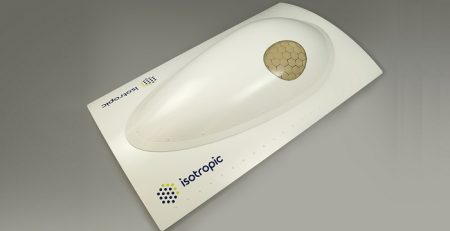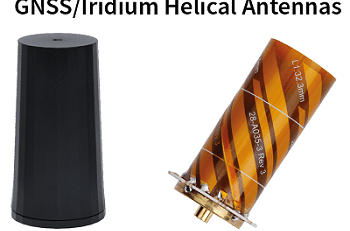Antennas Made from Carbon Nanotubes Can be Used for 5G Applications
According to researchers at Rice University’s Brown School of Engineering, antennas made of carbon nanotube films can be just as efficient as those made of copper for wireless applications. The carbon nanotube antennas are also tougher, more flexible and can essentially be painted onto devices.
Matteo Pasquali, the chemical and biomolecular engineer of the Rice lab and his team tested antennas made of “shear-aligned” nanotube films. They discovered that not only were the conductive films able to match the performance of commonly used copper films, they could also be made thinner to better handle higher frequencies.
The lab’s shear-aligned antennas were tested at the National Institute of Standards and Technology (NIST) facility in Boulder, Colorado, by lead author Amram Bengio. At the target frequencies of 5, 10 and 14 gigahertz, the antennas easily held their own with their metal counterparts.
Bengio noted other researchers have argued nanotube-based antennas and their inherent properties have kept them from adhering to the “classical relationship between radiation efficiency and frequency,” but the Rice experiments with more refined films have proved them wrong, allowing for the one-to-one comparisons.
To make the films, the Rice lab dissolved nanotubes, most of them single-walled and up to 8 microns long, in an acid-based solution. When spread onto a surface, the shear force produced prompts the nanotubes to self-align, a phenomenon the Pasquali lab has applied in other studies.
According to researchers, although gas-phase deposition is widely employed as a batch process for trace deposition of metals, the fluid-phase processing method lends itself to more scalable, continuous antenna manufacturing.
The test films were about the size of a glass slide, and between 1 and 7 microns thick. The nanotubes are held together by strongly attractive van der Waals forces, which gives the material mechanical properties far better than those of copper.
The researchers said the new antennas could be suitable for 5G networks but also for aircrafts, especially unmanned aerial vehicles, for which weight is an important consideration.
According to researchers at
Rice University’s Brown School of Engineering, a
ntennas made of carbon nanotube films can be just as efficient as those made of copper for wireless applications. The carbon nanotube antennas
are also tougher, more flexible and can essentially be painted onto devices.











